(9930 products available)
















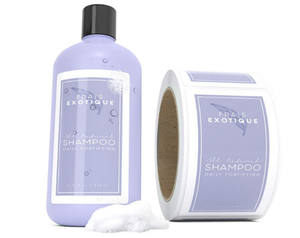
















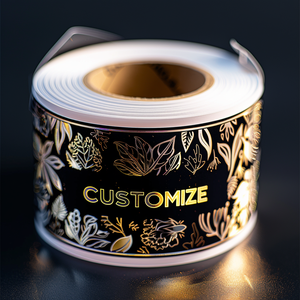



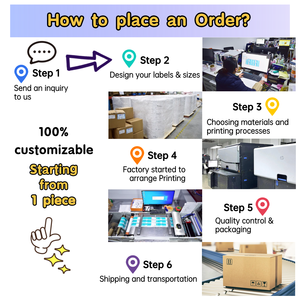
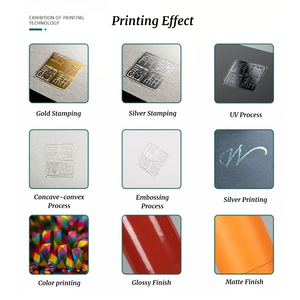

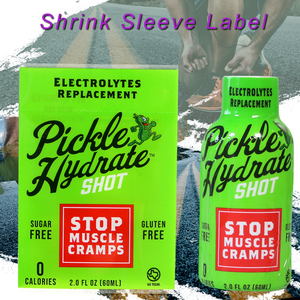


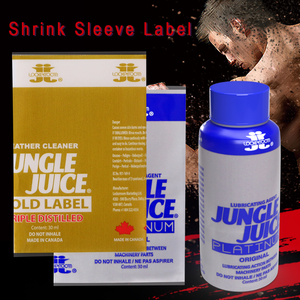
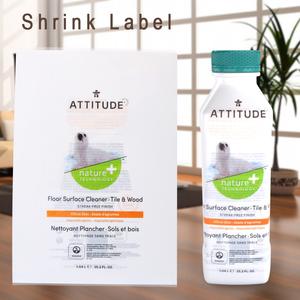
















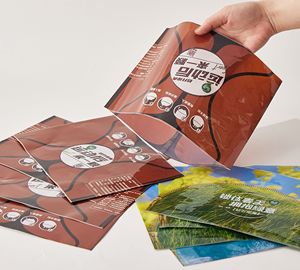
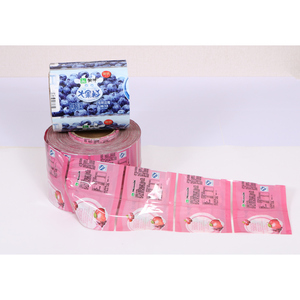











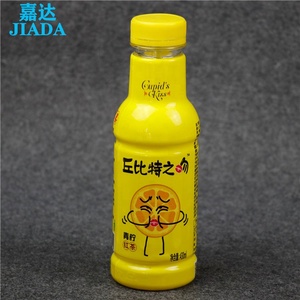
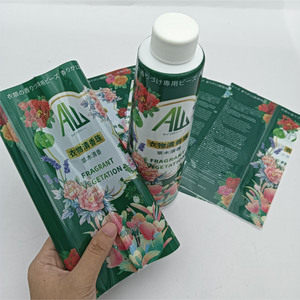


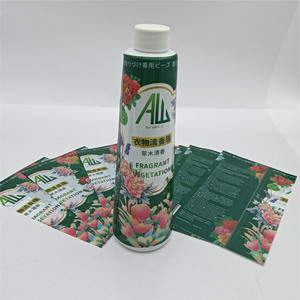


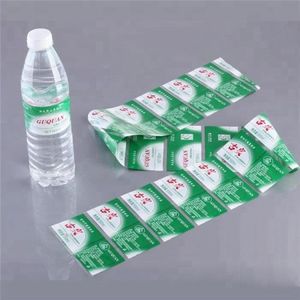

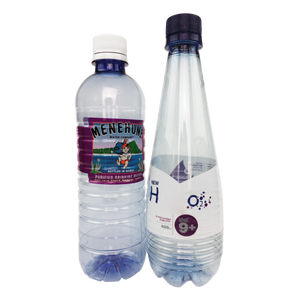










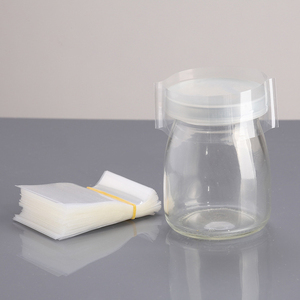
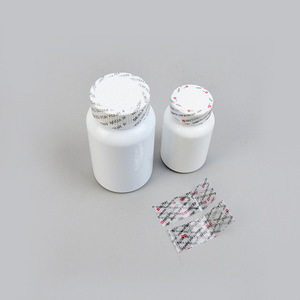






















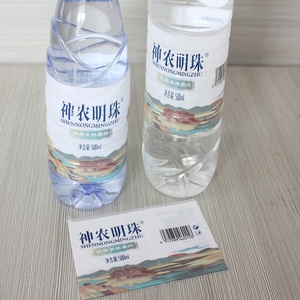













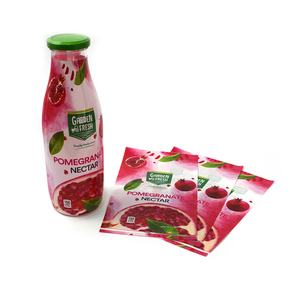


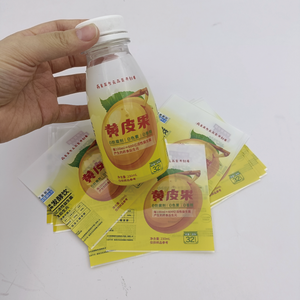













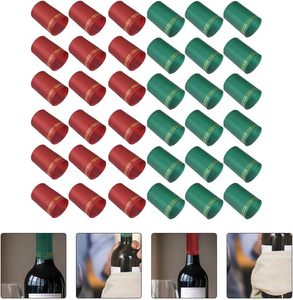
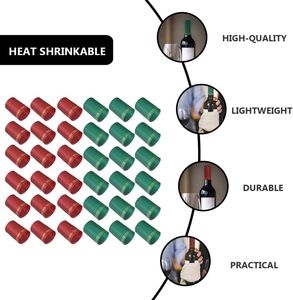
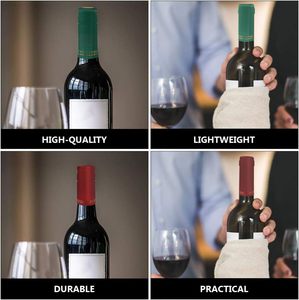
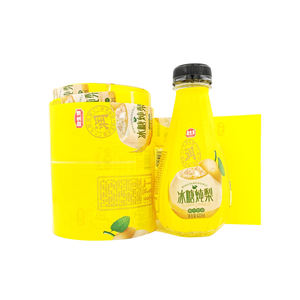






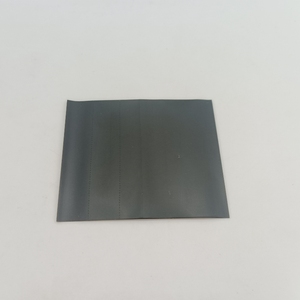



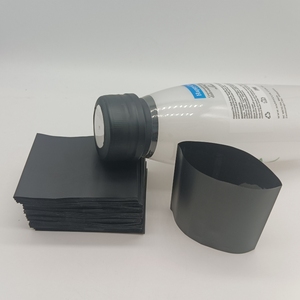







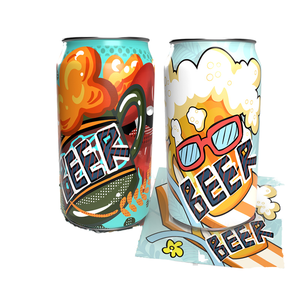









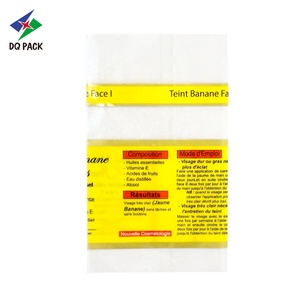



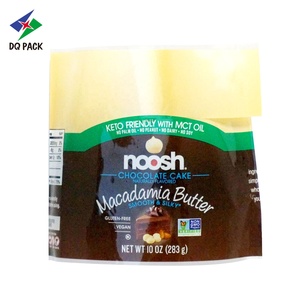








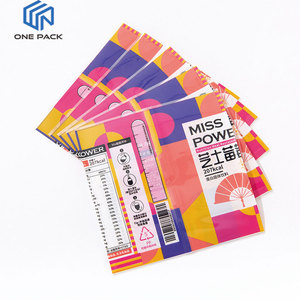
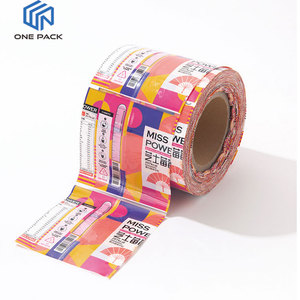

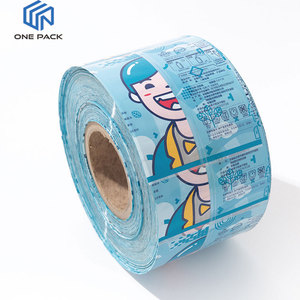




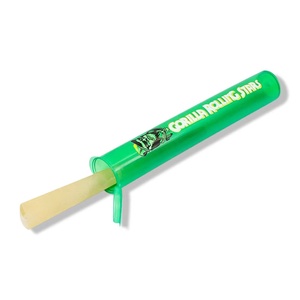

 Ready to Ship
Ready to Ship



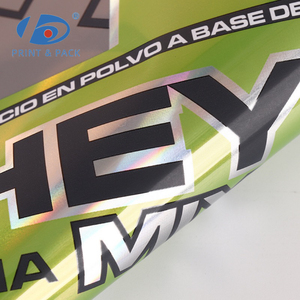

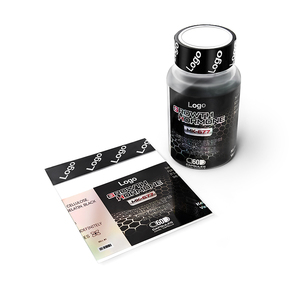


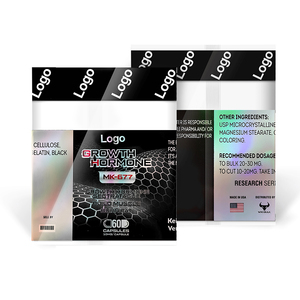














Shrink labels for bottled beverages are available in various configurations depending on the nature of the bottle and the label properties. Below are some dominant types that find frequent use in the industry.
Polyvinyl chloride (PVC) labels are one of the most dominant shrink label materials on the market today. This flexible and durable material can easily be adjusted to a bottle's shape once heat is applied. PVC can be printed in many colors and detailed graphics, giving an infinite number of customization opportunities. It is, however, less environmentally friendly as it cannot be recycled easily.
Polyethylene terephthalate glycol-modified (PETG) is a copolymer of PET that is more flexible and easier to process than regular PET. Shrink sleeve labels made from PETG offer high clarity, allowing fine graphic detail and color brightness. Additionally, it is a more sustainable option as it can be recycled under certain conditions. Bottles with irregular shapes typically use these labels.
Vinyl is another popular material used to make shrink bottle labels. Vinyl labels are known for their durability, flexibility, and ability to conform to any bottle shape, even those with complex contours. This material is waterproof and resistant to oil, making it ideal for application in wet or adverse environments. However, while vinyl labels can be durable, they are generally not as easy to remove as other shrink label materials.
Polylactic acid (PLA) is gaining popularity due to its eco-friendly characteristics. Made from renewable resources like corn starch, this biodegradable plastic offers a sustainable alternative to conventional PVC and vinyl labels. While PLA may not yet offer the same level of clarity and durability, advances in label technology are quickly closing this gap. It is suited particularly to brands looking for greener solutions.
The design of shrink sleeves for bottles is critical within the label printing industry. A well-thought-out design can bring both functional and aesthetic properties to the bottle and product. The following discusses how this is achieved by incorporating structural and graphical elements.
The structural part of the design is concerned with the functionality of the label. These features include the label's shape, size, and how it will accommodate the different shapes and sizes of containers. These are some critical elements.
The designs or graphical designs of the labels pertain to the artwork, brand messaging, colors, and visual appeal among other things. Below are standardized practices of graphical design considerations:
A good understanding of the shrink label material specifications will allow buyers to make informed decisions that will yield quality results. The following are essential specifications that buyers should pay attention to.
Typically, shrink label thickness is measured in mils, with one mil equivalent to one-thousandth of an inch. The regular bottle labels are available in various thicknesses, ranging from 30 to over 100 mils. Thinner labels shrink more easily in a heat chamber. This makes them ideal for small and intricate bottles or those with complicated designs. Thicker labels need less shrinkage to withstand distorting heat. While thicker labels give better clarity and durability, they also give lesser flexibility to the design.
Shrinkage percentage refers to the % of size reduction after applying heat to the label. For example, a 50% shrinkage ratio label will shrink to half its original size when subjected to the recommended heating conditions. Available in 10% increments, this specification is crucial when covering a specific bottle surface. Labels with higher shrink rates are more suitable for uneven and complex surfaces. At the same time, lower percentages are perfect for stable, flat-surfaced containers.
Heat tolerance levels determine how much temperature a bottle label can withstand during application. It also indicates the degree to which the label will remain intact in situations of heat exposure, such as product storage or pasteurization. Specifications on this are crucial for ensuring product quality and preventing label failure, especially in products undergoing heat treatments.
Printing inks used on shrink labels are specially designed for PVC, PETG, and PLA materials. The inks must have the right viscosity and adhesive properties for printed matter to adhere to the label material without running off. Additionally, the inks should be resistant to the label shrink process. If not, the design may misalign or distort. To increase its functionality, many printers use inks with UV coatings. UV coatings make them resistant to fading, especially when they're exposed to sunlight.
Shrink labels can be used for labeling a variety of products in beverage containers, given their flexibility, durability, and ability to conform to different shapes. Below are common applications where they work best.
This is perhaps the most common application of shrink labels. Bottles that traditionally use paper or pressure-sensitive labels include water, juice, soda, beer, and alcoholic beverages. They are adept at creating a 360° promotional surface while keeping virtually all product visibility. They offer a waterproof and tamper-proof means of enhancing product security and shelf appeal.
In some cases, brands wish to combine shrink labeling with partial wrap labeling for economy. A front and back label combines these two by covering the basic bottle neck and body sections only. They are still effective in delivering essential information and limited branding capabilities. This approach is often used on smaller or less complex bottles where full-wrap graphics may be excessive.
With more complex shapes like trigger sprays, jars, and pumps, shrink labels offer a |practical solution. They readily conform to these irregular surfaces and maintain good adhesion. For these specialty containers, shrink labels allow for a more diverse labeling approach.
With beverage bottles, tamper-evident apply wrap labels are commonly used. They are placed around the bottle cap or lid to prevent unauthorized opening. These bands tear or distort when the bottle is opened before the cap is accessed. This lets consumers have a visible sign of tampering and enhances product safety.
Reusable containers require more durable labeling solutions than disposable counterparts. Shrink labels are capable of this, as they can withstand multiple wash cycles without fading or peeling off. In this case, their use allows the brand to maintain its visual identity over the life of the container.
The following guidance focuses on the key factors buyers should consider when making purchasing decisions for themselves or their end consumers. It is necessary to carefully consider these factors to select optimal shrink-wrap labels for bottles.
At a basic level, the label material relates to the nature of the bottle's surface. PVC is highly durable and conforms easily to shapes. PETG offers better environmental sustainability without compromising clarity. Manufacturers normally consider factors such as product exposure and intended market while selecting the material composition. They also consider whether the product is subjected to cold or heat temperatures during storage and transport.
Label thickness is another very critical consideration, as it can range from 50 microns to 200microns. Their shrinkability is directly affected by thinner labels, which can easily shrink and are more flexible. The application will best suit thicker labels where durability and strength are required. Larger containers normally carry heavier labels, while smaller containers can carry lighter ones.
This refers to what inks and printing technologies are compatible with the label material. It is an important consideration as many products have printing requirements specific to them. Such needs may include detailed graphics, high-resolution artwork, or special finishes. In such cases, they may require custom labels with outstanding printing quality. Buyers should also look for eco-friendly inks that can increase the sustainability factor of products.
Manufacturers should pay attention to eco-friendly factors, as consumers are increasingly more concerned about the environment. They should consider labels made of biodegradable or recyclable materials like PLA and PETG. Also, they can reduce the carbon footprint of labels by sourcing them from local suppliers within the region. Furthermore, they can opt for vendors who rely on green manufacturing practices when producing the labels.
Cost should not be used as the only factor when making the decision by buyers. Considering, thicker and high-quality labels may be more expensive, but they will make the product look more upscale and efficient. This results in higher consumer satisfaction and fewer label defects. To justify the costs, buyers financially consider custom labels for unique products and standard labels.
A1: They are suitable for flat surfaces and products with complex or simple contours, including beverages, personal care, household cleaners, and food jars. They are also suitable for special applications like tamper-evident and multipack labeling. For this reason, they are popularly used on almost any smooth container.
A2: Yes! Although traditionally non-biodegradable, modern shrink films use sustainable materials like PLA and PETG. These films are recyclable and made from renewable resources. Some manufacturers also use eco-friendly adhesives and inks to enhance the labels' sustainability further.
Buyers should select the shrinkage % based on the substrate's texture and shape. For bottles with a plain, flat profile, a lower shrinkage % is adequate. A higher rate would be better for embossed or complex-contoured surfaces, as they need more shrink to cover the entire area effectively.
A4: Flexographic and digital printing methods are particularly well-suited for printing these labels. Lithographic printing is also applicable but less practical for larger volumes. The chosen method depends on the label's design complexity and quantity required.
A5: Generally, they are positioned around a container and secured using a heat source. This process can be done manually, using machinery, or automated systems for high-volume production. The heat source causes the label to shrink until it tightly conforms to the container shape.